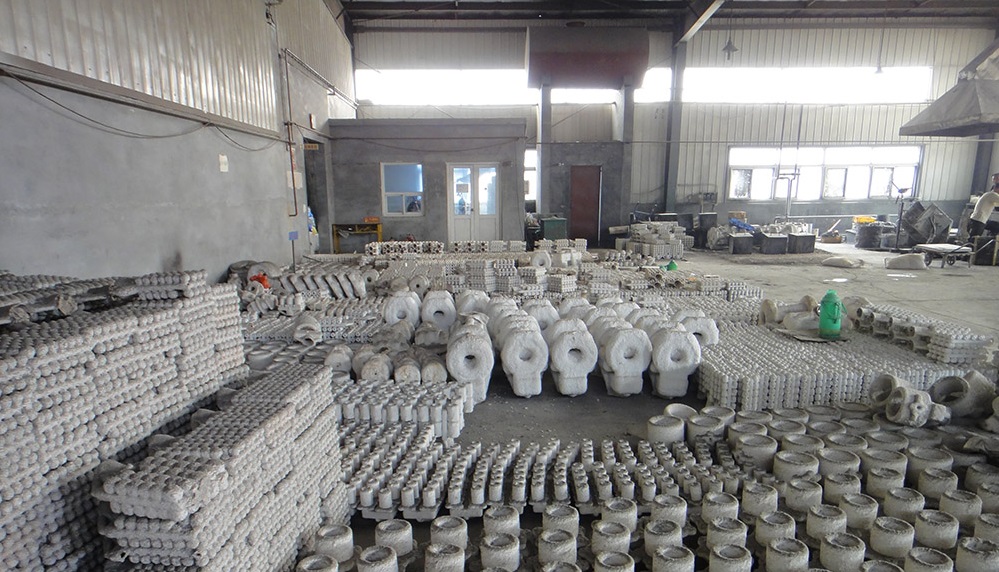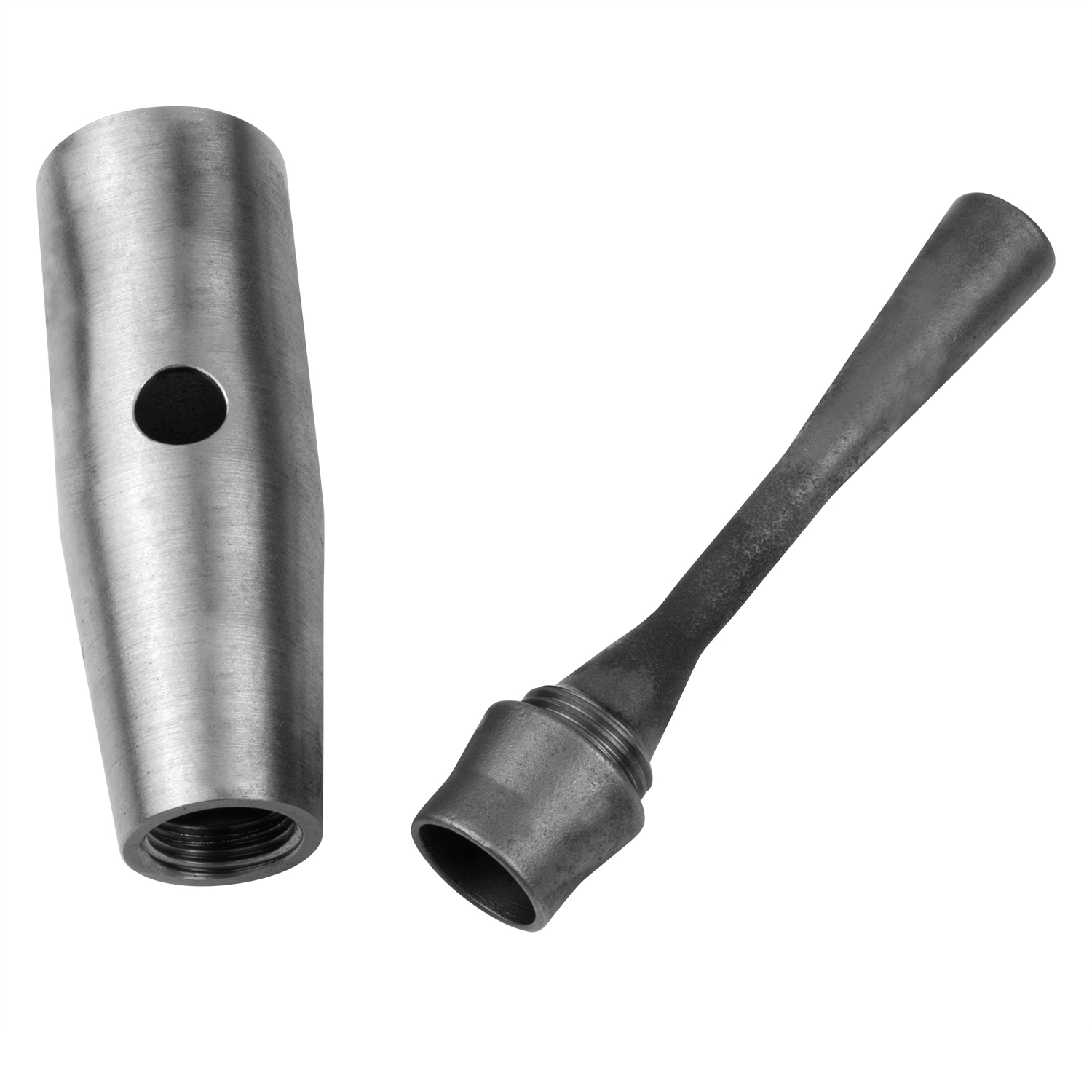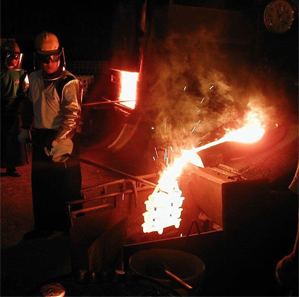The investment casting process begins with a precise model (pattern) of the end product. For centuries this pattern has been made out of wax, however currently there are a variety of materials that are used. The model is then covered with a ceramic slurry which hardens to create a mold. The original model is then dissolved (for example, wax is melted and drained), and molten metal is inserted in its place. Once cooled and the mold removed (divested), you are left with the finished piece.
In practice, modern Investment Casting is a more sophisticated process that involves many more steps than described above (see list below). Sometimes it requires multiple model components, various modeling materials, etc., and like die casting, when done well, the resulting surface quality is excellent.


Tolerance table – Based on ISO 8062 International Standard
| Water glass | Silicon glue | Zircon flower | Basic dimension-mm |
| 0.36 | 0.18 | 0.13 | 1-10 |
| 0.38 | 0.2 | 0.14 | 10-16 |
| 0.42 | 0.22 | 0.15 | 16-25 |
| 0.46 | 0.24 | 0.17 | 25-40 |
| 0.5 | 0.26 | 0.18 | 40-63 |
| 0.56 | 0.28 | 0.2 | 63-100 |
| 0.62 | 0.3 | 0.22 | 100-160 |
| 0.7 | 0.34 | 0.24 | 160-250 |
| 0.78 | 0.4 | 250-400 | |
| 0.3 | 400-630 | ||
| 1 | 630-1000 |
This table is only one factor used by the designer in specifying the recommended process. Other factors to consider include alloy type, geometry, and desired cost per unit.
| Typical steps in Investment Casting: |
|


US Castings offers three (3) types of Investment Casting processes:
All commercially available alloys can be used.
Process selection is determined by end product desired qualities and necessary mold characteristics relative to chosen alloy (for example Zircon is less apt to react with metal). Sometimes these processes are combined.
US Castings selects the optimal approach based on:
US Castings’ engineering department is available to consult on geometric complexity, surface finish, cost and other factors. US Castings’ expertise in Value-Engineering will help to achieve the desired result at the lowest possible unit or overall cost.




